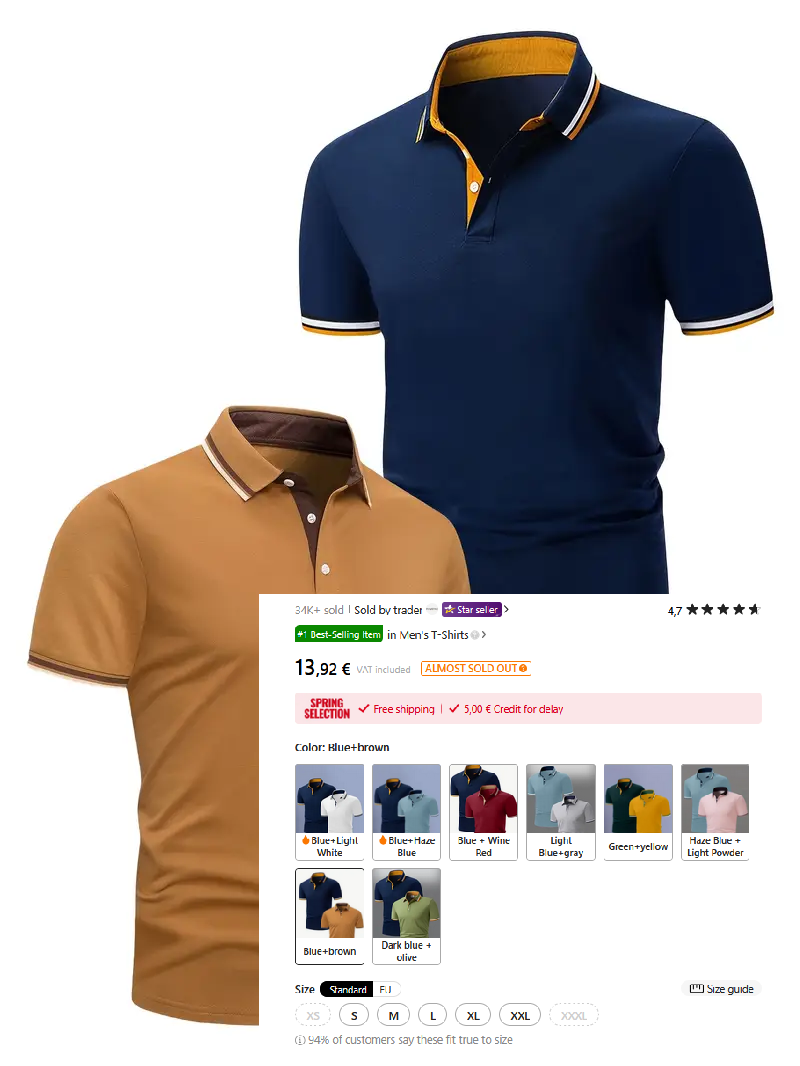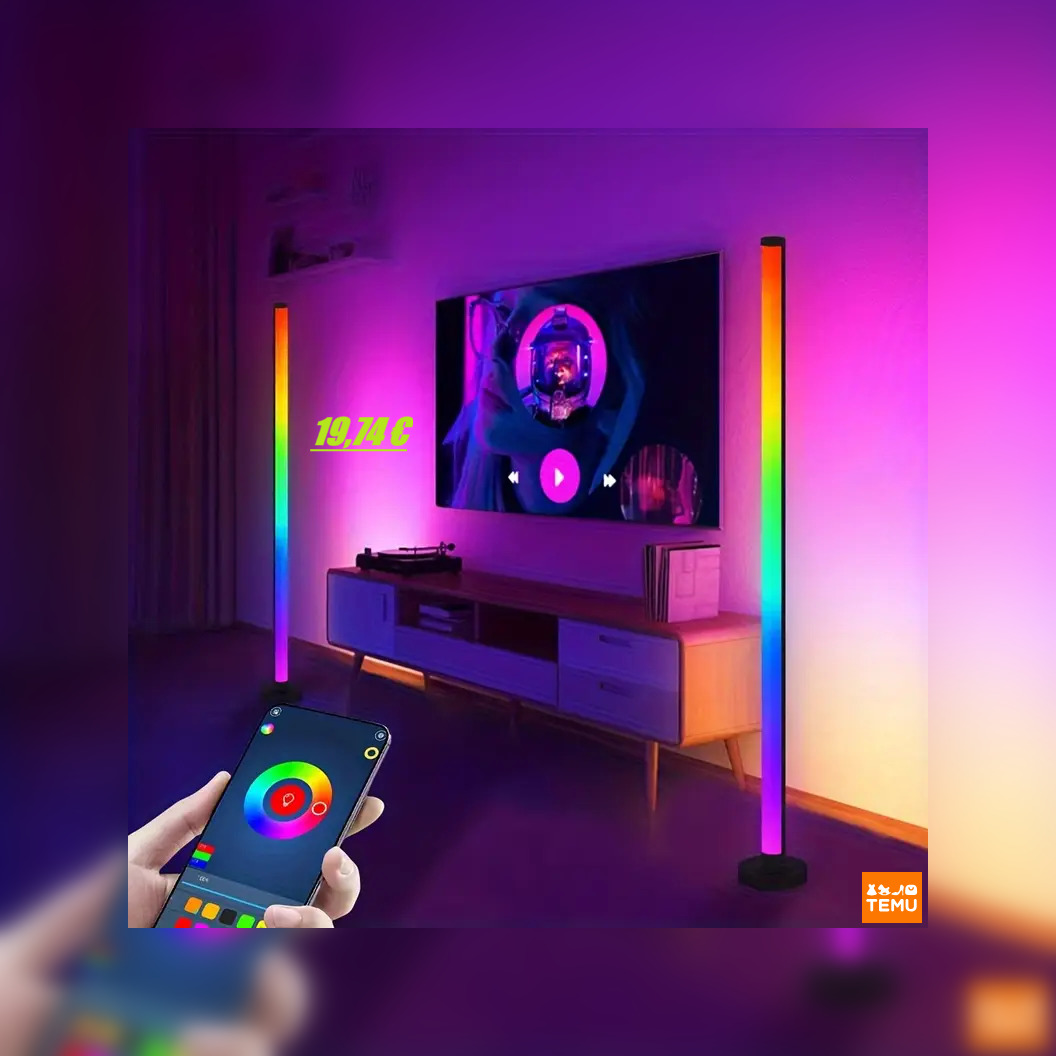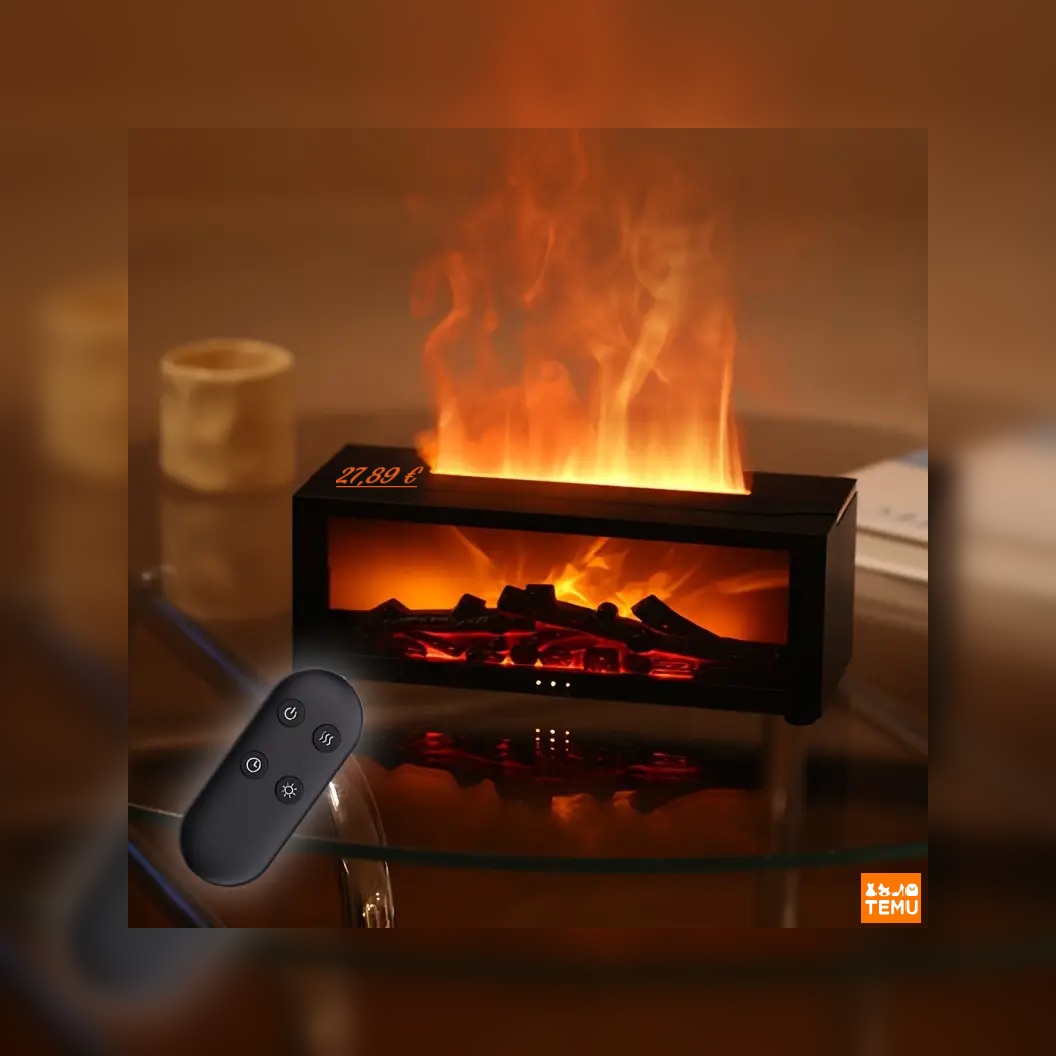Celesta
YOUR LINK HERE:
http://youtube.com/watch?v=N15a1cOgAuU
http://www.sonokinetic.net/products/c... • One of our personal favourite instruments of all time, the Celesta (or Celeste), has been capturing people's imaginations for centuries and will continue to do so for many years to come. The instrument really has a magical sound and every time we happen to cross paths with a real one and open the lid it amazes me how inviting this instrument is to play. Of course, most of them are a bit off pitchy the keys don't always react the way you'd want them to but that adds to the beauty. You cannot force this instrument where it doesn't want to go but it'll always take you in an interesting direction. • We found our Celesta and the recording room in the Netherlands, in Hilversum, the same place we recorded our much-acclaimed Mallets library. We had the luxury of being able to choose from three different instruments, and I hope you'll agree we picked the right one. • We recorded in a medium sized, high ceiling studio with 5 microphones: A Neumann large membrane microphone for close (about 10 cm from the tines), a Violet Audio Flamingo stereo microphone for the mid position and a Schoeps Colette stereo set on the balcony. There are knobs in the interface that let you choose which sound you like best, or mix them. If you like your hall a bit bigger, use the reverb control where you can add some acoustics to the equation. • This all seems very simple, but there is a lot going on script-wise to get all the samples to play in the correct ways. There are separate samples for pedal up and pedal down, multiple velocity release samples and we have applied our round robin augmentation method that we first used in Da Capo and subsequently in all our multisampled instruments, providing you with up to 15 round robins per velocity layer per key.
#############################

 Youtor
Youtor




